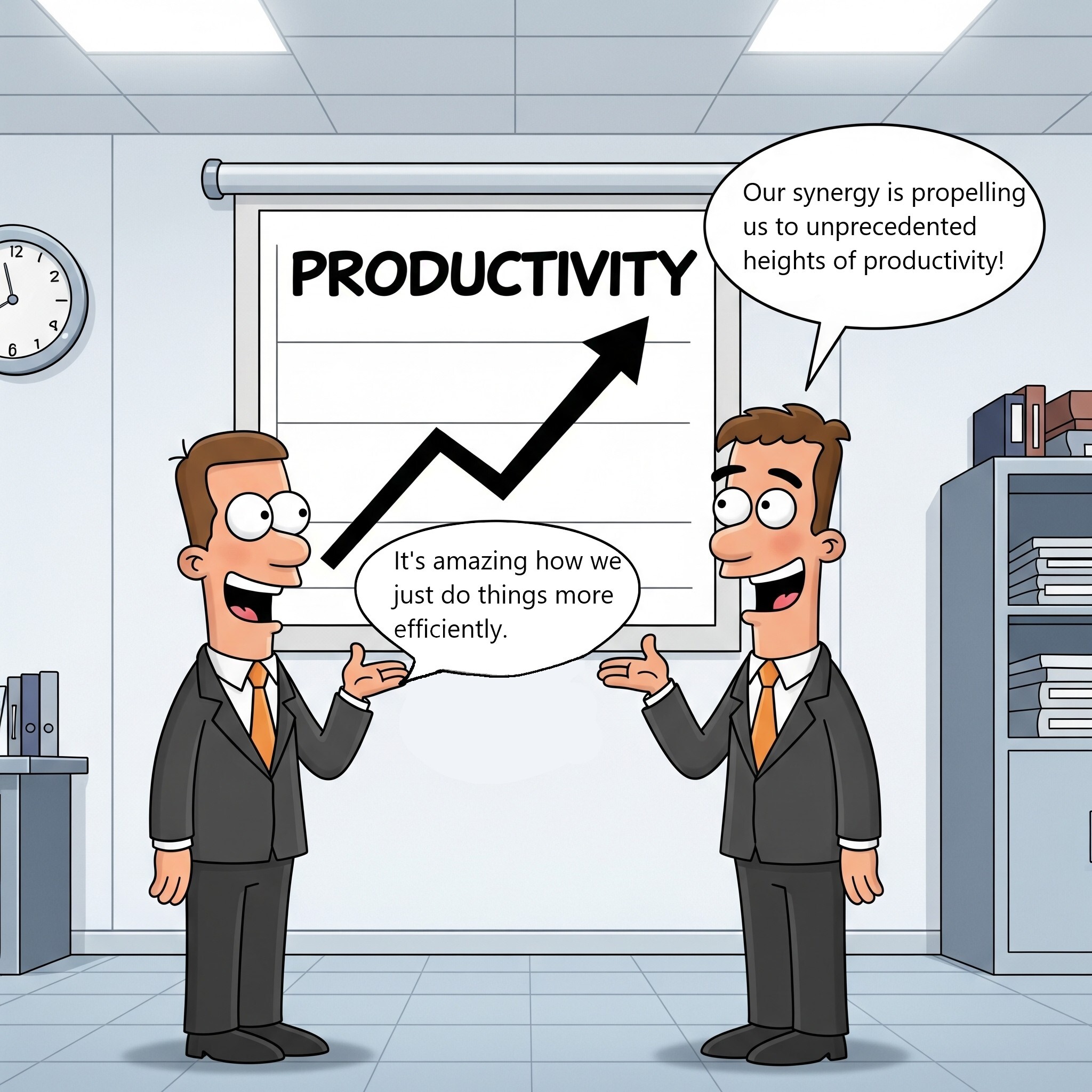
4 Ways MQi Transforms Leadership Pipelines

The Hidden Cost of Bad Leadership
 Leadership isn’t just about titles—it’s about the everyday behaviors that drive engagement, productivity, and retention. Unfortunately, many companies are building leadership pipelines based on skills alone, overlooking the intrinsic motivators that determine whether someone can lead effectively.
Leadership isn’t just about titles—it’s about the everyday behaviors that drive engagement, productivity, and retention. Unfortunately, many companies are building leadership pipelines based on skills alone, overlooking the intrinsic motivators that determine whether someone can lead effectively.
The cost of getting this wrong is staggering:
-
Disengaged employees cost organizations an estimated 18% of their annual salary in lost productivity (Gallup, 2024).
-
Turnover of high-performing leaders can cost up to 3x their annual salary, factoring in recruiting, training, and lost institutional knowledge (SHRM, 2023).
-
Companies with poor leadership practices report 37% lower employee engagement and 50% higher voluntary turnover than those with strong leadership cultures (Deloitte, 2024).
At TalentMotives, we believe the key to solving this problem lies in predictive analytics rooted in both motivation and skillsets. That’s why we built MQi Sherpa—an AI-powered leadership assistant that uses Motivation DNA to help companies identify, develop, and retain leaders at every level.
4 Ways Sherpa Transforms Leadership Pipelines
1. Identify Emerging Leaders Through Motivation DNA
Traditional talent reviews tend to reward visibility and current performance. But many of the best future leaders are quietly excelling in the background.
Sherpa changes this by analyzing 24 core motivational drivers—from collaboration and curiosity to resilience and influence. This allows organizations to see beyond skills and uncover individuals with the intrinsic traits needed to lead.
Impact:
-
Broader, more diverse leadership pipelines
-
Fewer missed opportunities to promote hidden talent
-
Earlier interventions for employees at risk of disengagement
2. Create Personalized Leadership Development Paths
Generic leadership programs often fail because they don’t resonate with every participant.
Sherpa builds customized development paths based on each individual’s Motivation DNA and skillset. Whether someone thrives under stretch assignments, mentorship, or mastery of technical expertise, Sherpa makes sure their growth plan energizes rather than drains them.
Impact:
-
Higher completion rates and ROI on leadership development programs
-
Leaders better equipped to communicate, delegate, and build trust
Increased retention of high-potential talent who feel invested in

3. Reproduce Leadership Qualities at Scale
Great leadership shouldn’t depend on one or two star managers. Sherpa gives every manager the tools and real-time guidance they need to lead effectively, no matter their natural style.
This includes:
-
Suggestions for how to give feedback that resonates
-
Tips for delegating tasks based on team motivators and skills
-
Guidance on how to balance autonomy and structure
Impact:
-
Consistent leadership behaviors across the organization
-
Fewer “pockets” of disengagement caused by inconsistent management
-
Scalable culture-building rooted in empathy and alignment
4. Reduce Turnover of High-Potential Leaders
One of the most damaging mistakes companies make is waiting until the exit interview to ask, “What can we do to keep you?”
Sherpa uses predictive analytics to flag signs of motivational misalignment early. It then recommends proactive steps—new growth opportunities, adjusted responsibilities, or recognition strategies—tailored to the leader’s drivers and strengths.
Impact:
-
Dramatically reduced turnover of future leaders
-
Increased organizational stability during succession
-
Retention strategies that feel personal and authentic
The Bottom Line: Build Better Leaders Before It’s Too Late

Bad leadership is expensive. Lost productivity, disengagement, and turnover add up to millions in preventable costs each year. But the good news is: you don’t have to guess anymore.
TalentMotives’ MQi Sherpa™ brings together Motivation DNA, skillset data, and predictive analytics to give you a clear picture of your leadership pipeline. It doesn’t just show you who’s at risk or who’s ready for promotion—it tells you why and what to do next.
Because leadership development shouldn’t be a gamble. It should be a strategy.
Ready to Build a Future of Better Leaders?
Let’s talk about how we can help you spot leadership potential earlier, develop it more effectively, and retain it for the long term.


